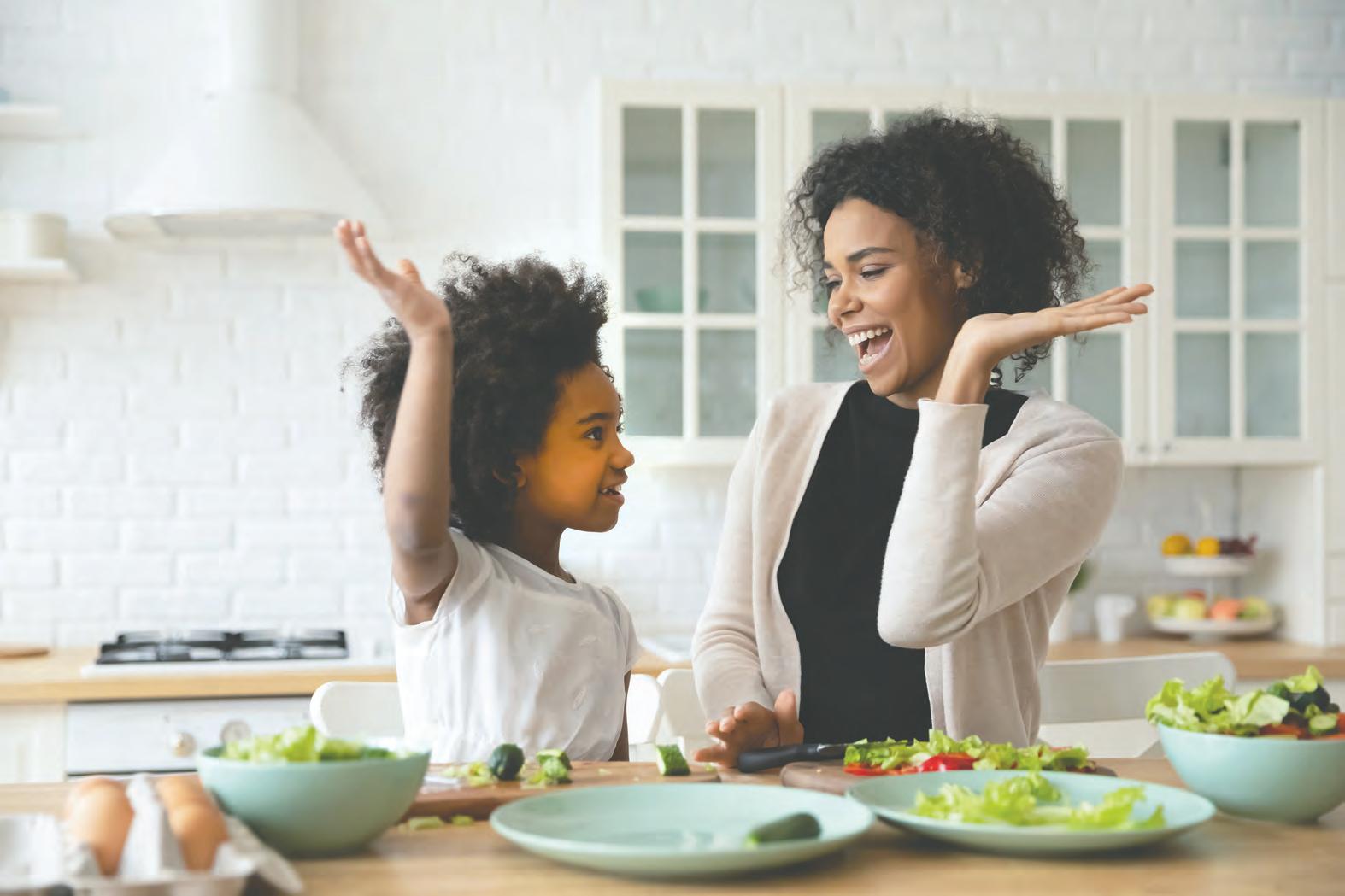east washington life
Creative Placemaking
How You Can Help Create Your Neighborhood Places by Phil Hutinet
M
urals and other public art seen throughout the city may seem like adornments to passers-by but, in fact, they play a critical role in contemporary urban planning. A process known as creative placemaking uses art to bind communities by creating a shared sense of space. Placemaking is the opportunity for neighbors and community members to reimagine public spaces and create places to play and gather, learn and educate, celebrate neighborhood history, all connected through art.
This type of effort has been a key strategy employed by DC’s Office of Planning over the past decade in neighborhoods throughout the city. When used effectively, the process can provide a sense of shared community that promotes quality of life for neighborhood residents. In addition, creative placemaking can also stimulate economic development in commercial corridors offering new opportunities for employment, services and retail. In March, the Coalition for Nonprofit Housing & Economic Development (CNHED), a community-based organi-
“A Community, a Family” mural by Candice Taylor. Photo: Thomas Mobley.
34
E a s t o f t h e R i v er D C N e w s . c o m
zation that advocates for low to moderate-income DC residents on a variety of issues such as housing, in partnership with the DC Office of Planning (DCOP), selected CreativeJunkfood, a Ward 8-based creative multi-media agency, to work on a creative placemaking initiative in Ward 7. Specifically, the initiative will impact the neighborhoods of Deanwood, Lincoln Heights, Richardson Dwellings and Capitol View. Currently in its development phase, once completed, the creative placemaking initiative will create shared amenities for residents, based on community input.
Creative placemaking
harnesses the power of arts and culture to allow for more genuine public engagement — particularly in low-income neighborhoods, communities of color and among immigrant populations — in the development of transportation projects. Forget the traditional, staid public meeting format and instead imagine artists engaging community members using multiple languages to generate meaningful dialogues, capturing their creativity and local knowledge to better inform the ultimate design of the project. Done right, creative placemaking can lead to both a better process and a better product. The end results are streets, sidewalks and public spaces that welcome us, inspire us and move us in every sense of that word. In creative placemaking, public, private, not-for-profit, and community sectors partner to strategically shape the physical and social character of a neighborhood, town, tribe, city, or region around arts and cultural activities. So that’s what we’re going to be talking about today. Placemaking is the opportunity for neighbors and community members to reimagine public spaces to be the heart of their communities. Creative placemaking means that we as artists want to make sure that art is at the center of these projects. Public art, murals, installations, learning workshops, interactive events, etc. We aim to work WITH neighbors and community members to create projects that build esteem. Places to play and gather, learn and educate, celebrate neighborhood history, all connected through art.








